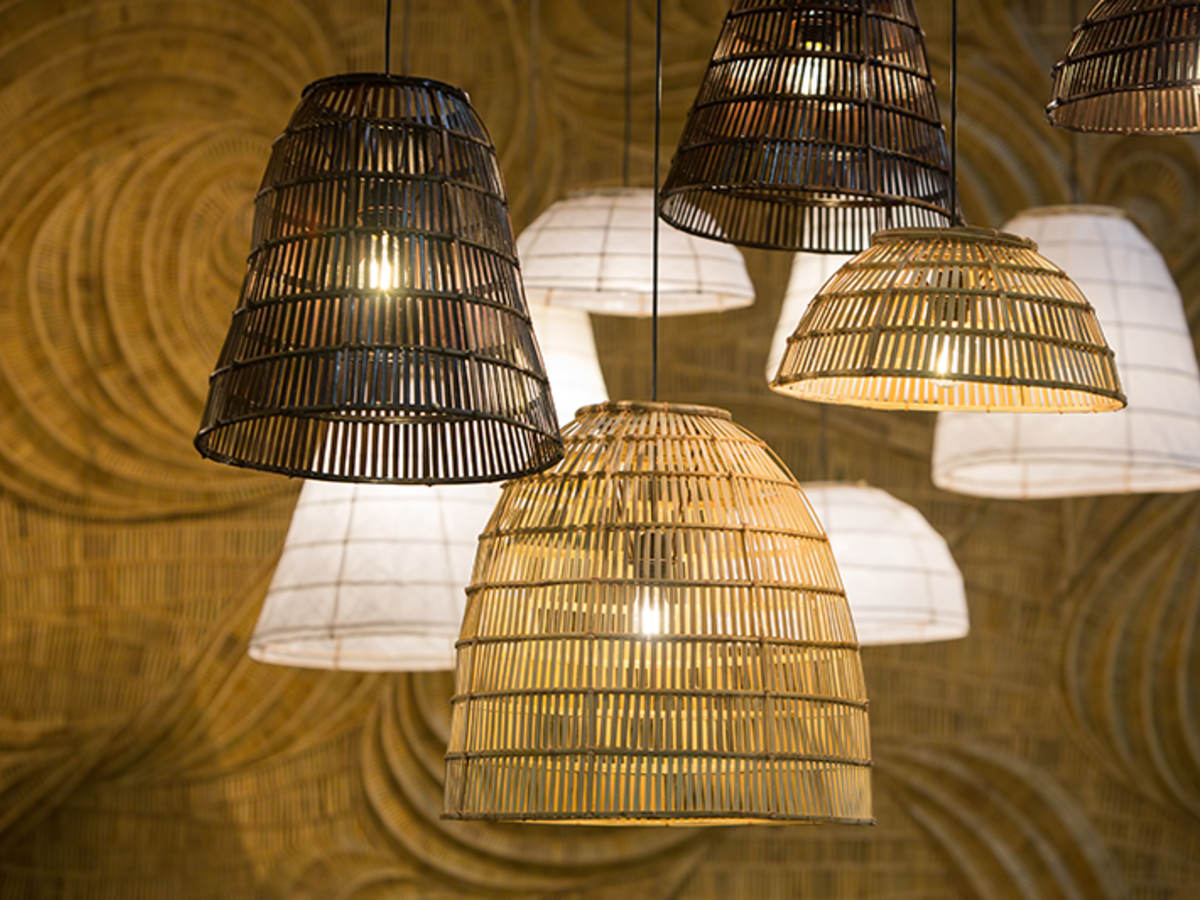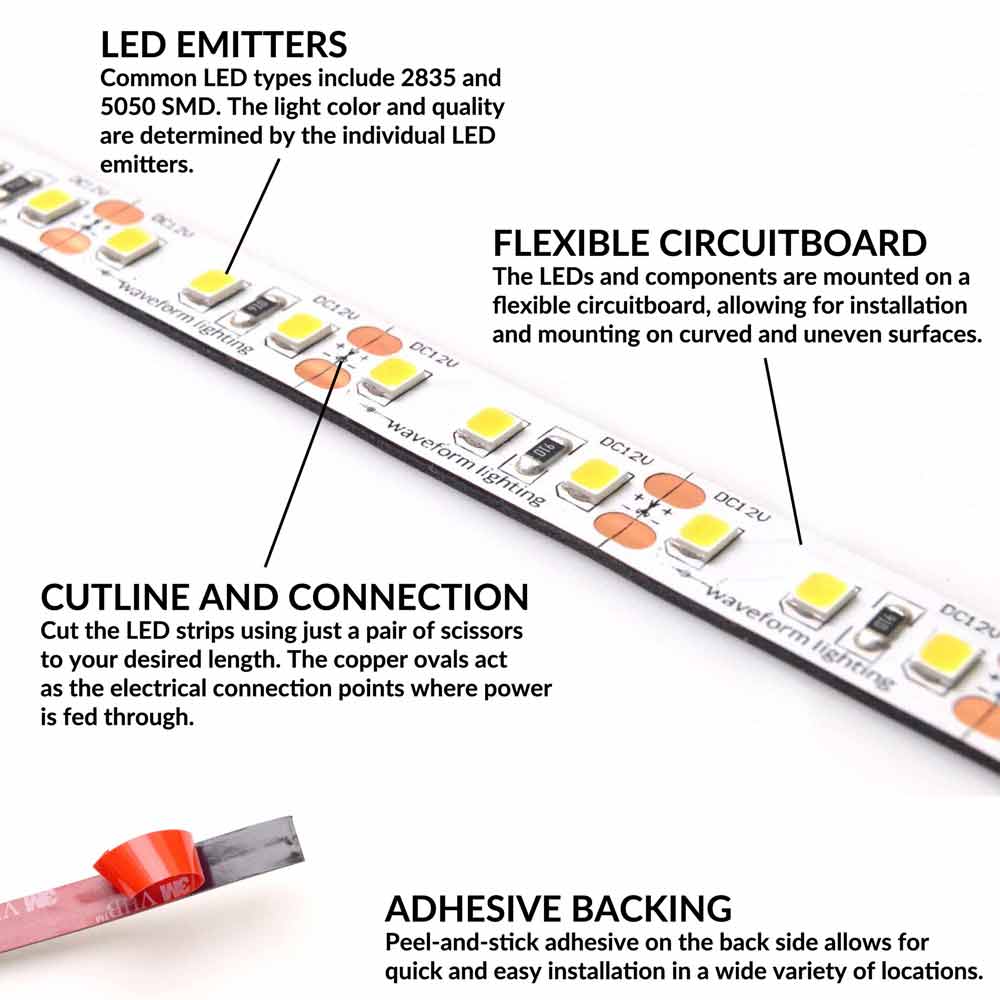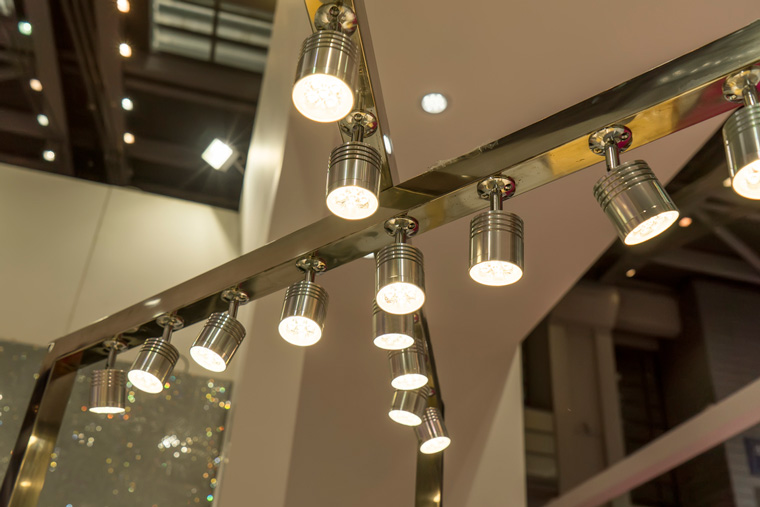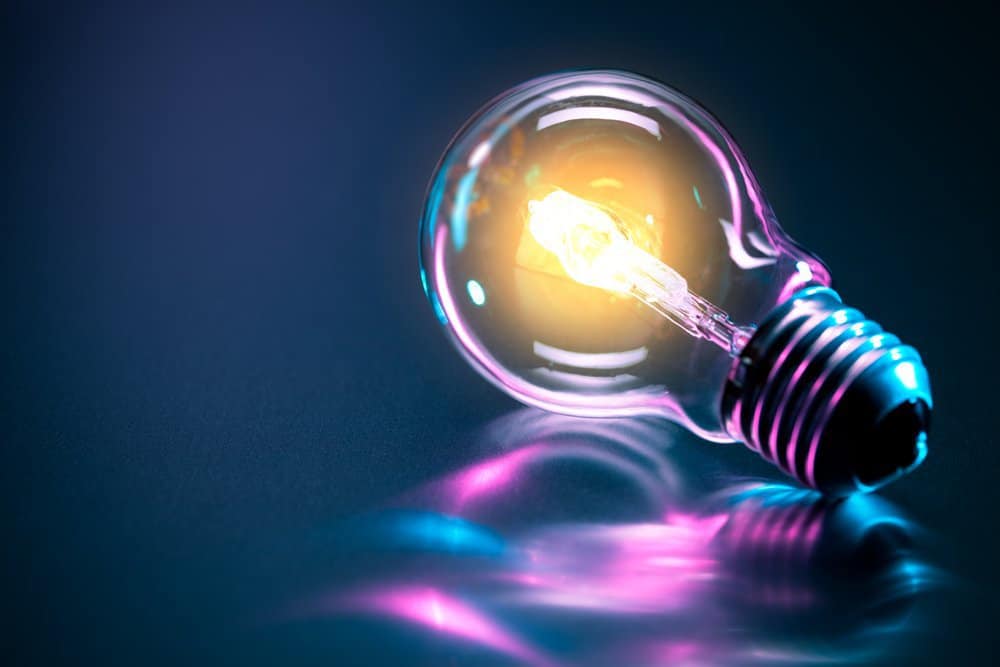
Just prior to the start of Lightfair, the EPA released Draft 4 of the Energy Star Product Specification for Lamps. The intent of this effort is to harmonize and update the CFL and LED lamp standards into a unified specification for omnidirectional, decorative, and directional replacement bulbs such as A, G, PAR and MR styles for example. This effort has been going through the stakeholder review process since October 2011 and seems to be approaching completion. Once approved, there will be a one year transition process to phase in and replace the existing Integral LED Lamp (V1.4) requirements.
Since requirements seem to be finalizing, now seemed like an appropriate time to highlight some of the requirements specifically related to LED bulbs that are changing, discuss new requirements that are being added as well as indicate some of the items that are being carried forward from the existing Integral LED Lamp eligibility requirements. Moreover some requirements are being relaxed or expanded in scope. Since the standard is still in a draft state, these items are still subject to changes based on stakeholder feedback. A webinar going over the changes will occur on May 13th with final stakeholder comments due by May 17th.
The table above while far from exhaustive, does highlight some of the critical parameters. Not surprising based on the rapid improvement of LED lamps is that the minimum efficicacy requirements have inched up. One of the items that has harmonized with the CFL requirements is the addition of a wider gamut of CCT (Correlated Color Temperature) options so now “cooler” 5,000 K and 6,500 K have been added, but all LED lamps must still have a minimum CRI (Color Rendering Index) of 80 with a R9>0. Interestingly only a 7 step MacAdam ellipse is required, which is still considered a wide window compared to existing incandescent and halogen bulbs.
One surprise for some LED bulb manufacturers is that the option to submit non-standard bulb shapes has been eliminated. This reflects in some way the fact that LEDs, optics, thermal management and drivers are capable of achieving the minimum lifetime requirements without the need for extra space for larger heatsinks or room within the bulb for drive electronics that was an early limitation of some lamps. Unfortunately this decision also eliminates line powered MR16 type lamps with a GU10 base since that is currently not in the existing ANSI standard.
One area where the requirements have been enhanced is the area of dimming performance. While there is no requirement that LED bulbs be dimmable within the specification, for those bulbs that want to claim to be “dimmable”, there are some tangible requirements that must be meet. First they must be tested with at least 10 dimmers from at least two different suppliers. At the minimum dimmer position, at least 80 percent of the lamps tested must have a light output of < 20 percent. Moreover at the maximum position the stated light output must be at least 80 percent of the stated lumen requirement for the bulb when directly powered from the line. Make no mistake, these dimming requirements in no way imply comparable performance to incandescent or halogen light sources, nevertheless for the first time, there are established some rudimentary boundaries conditions. While this is a far cry from requiring manufacturers to design their LED lamps to comply with recommended NEMA SSL-6 dimming curve it is a step in the right direction and reflects in may ways the challenges associated with making LED bulbs backwardly compatible to all the phase cut dimmers that have been installed across the North America over the last few decades.
One area that has been added to the specification is a new flicker requirement based on a concept called the flicker index. As anyone involved in the lighting industry knows, all lamps powered directly from the AC line including incandescent, fluorescent as well as LEDs have frequency dependent luminous flux variation and depending on the magnitude and frequency may have physiological impact to individuals who may be particularity sensitive so this is not a new phenomena. While there are complex analytical tools to quantify optical flicker, it is also possible to see it with graphical tools such as this tool below provided by Lumenique.
Flicker Indicator Machine (Image Courtesy of Kevin L. Willmorth, Lumenique)
In the case of integral LED lamps, the main contributor to optical flicker is the design of the LED driver and since there are numerous driver configurations with various design, performance and cost tradeoffs, this topic can be quite complex and will be covered in a future article. In the mean while to get additional information on the topic of Flicker, the Department of Energy recently published a technology fact sheet on the subject that is very informative.






